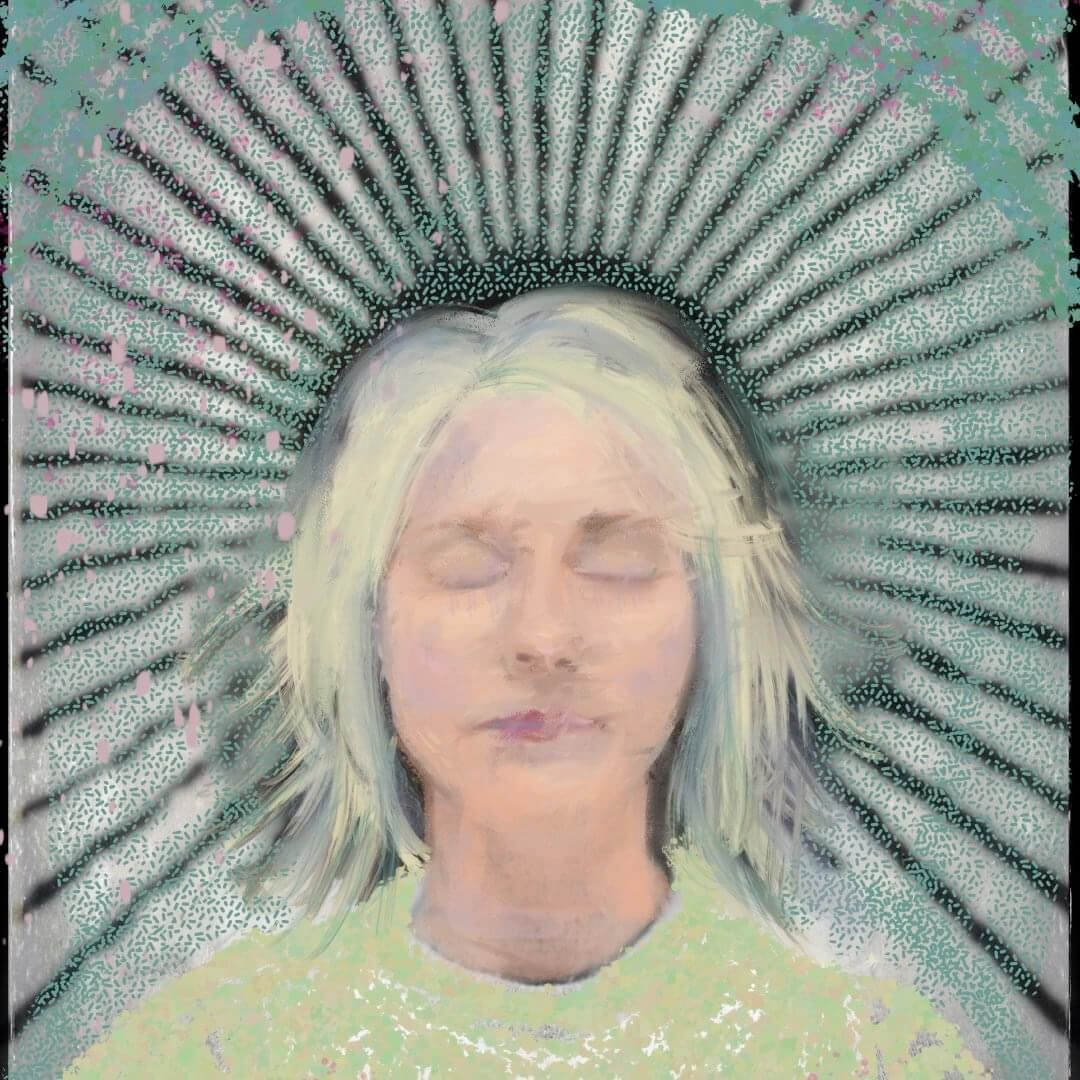Sarah Ketelaars is a British photographer from Brighton, UK. She has a BA and an MA degree in English Literature from Jesus College, Cambridge, an MSc in Social Science from the Robert Gordon University in Aberdeen and a Diploma in photography from City College, Brighton. She began her career as a journalist and her images have appeared on book, CD and magazine cover. Her work has been exhibited nationally and internationally and is represented by Trevillion Images & Getty, and by 35 North Gallery in Brighton. In 2021 she was selected as one of the Lensculture Critics’ Choice winners for her project ‘Windows’ shot during lockdown in Houston, Texas and in 2024 she was selected as a finalist for her project ‘The 544’ in the Lensculture Art Photography Awards.
The 544
This ongoing project is a memorial to 544 psychiatric patients murdered by the Nazis in 1941 in Latvia. The figurative images I’ve made are all cyanotypes. Eventually there will be one for each man, woman and child killed.
My grandmother was working at the hospital from where the patients were taken. I have visited the hospital and found that although the story is known no memorial exists. The only official record seems to be a short paragraph in the Nuremberg report. So far I have found no record of the names.
Using a historic photographic process feels fitting for a project examining a historical event. An ancient pagan Latvian folk symbol is drawn on by hand in gold ink to each piece.
It is impossible for me to look at these images without thinking about how the lives of these people ended. However, the project is primarily intended as a memorial. I wanted the images to hint at some more celebratory moments, to remember the lives lived before these people entered the hospital; before they died. Not knowing anything about the identities of the dead, I have tried to imagine each one as a unique, precious being, and give each back a little of the character stripped from them when they were murdered and reduced by history to a number on a list of nameless victims.
The project is the second in a trilogy looking at my family history, examining themes of cultural inheritance, identity and intergenerational trauma.
